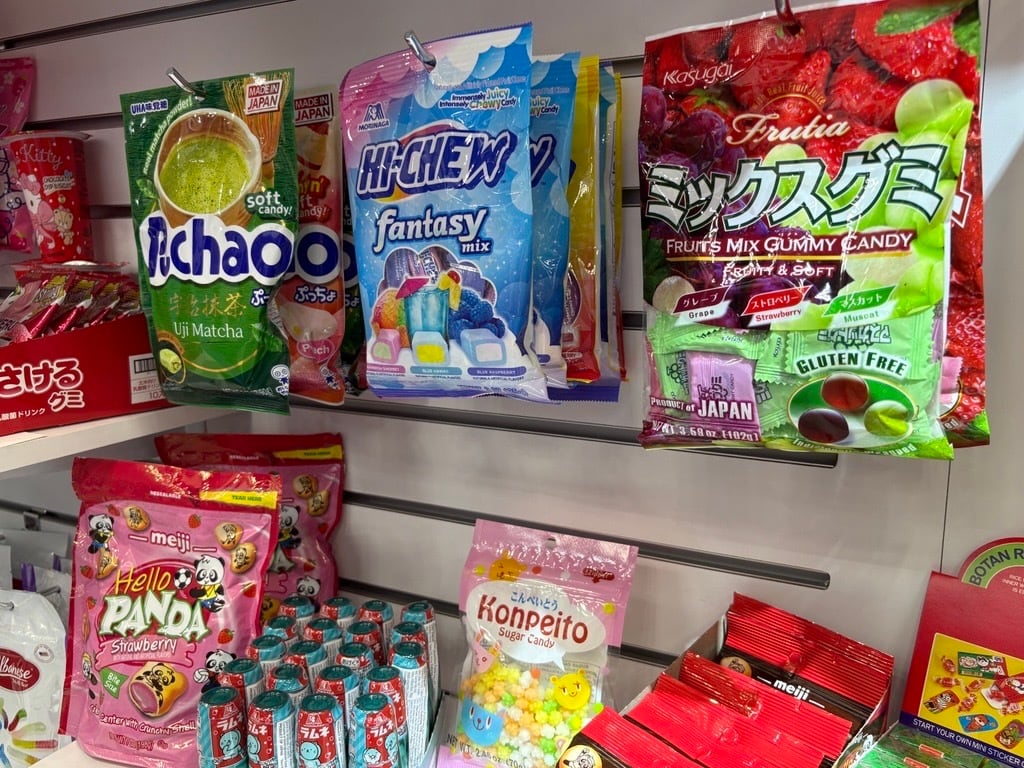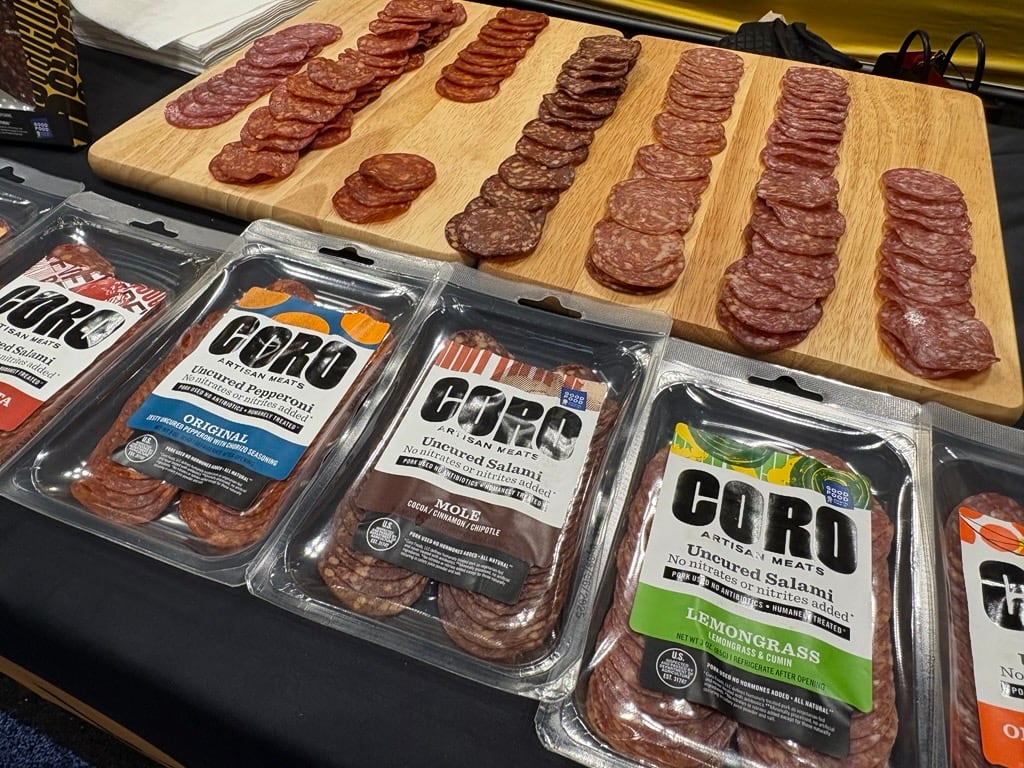Charcuterie continues to grow at a time when demand for high-protein, flavor fusions and clean label foods is surging, coupled with consumers splurging on premium items despite pinched wallets.
From a practical perspective, part of cured meat’s appeal is its shelf stability, a critical win for price-conscious consumers. From a culinary perspective, cured meat is a vehicle to experiment with different flavor profiles – whether it is the meat type or added ingredients like cheese, herbs and spices. And from a clean label standpoint, brand messaging around sterile production environments and nitrate-free meats is catching consumers’ attention.
Cured meat producer Rovagnati is delivering the same quality from its Italian recipes for premium cuts and processes into the US – marked by the company’s New Jersey production facility in 2021 – while still touting its Italian heritage as a fourth-generation cured meat manufacturer.
“We are one of the few companies that really brought the same quality that we have in Italy here in the US in two ways,” explains Marco Ortolani, CEO, Rovagnati North America. “One, importing products from Italy [that] are exactly the same products that we produce for the Italian market. And second, in the factory that we have established in New Jersey, we produce salami that are Italian recipes, so Italian quality, but produced in the US. So the mission is quality, absolutely top quality of the products.”
In New Jersey, Rovagnati produces Italian salami, while relying on its Italian production for other cuts like mortadella and prosciutto.
Another point of differentiation is Rovagnati’s curing process.
“The American salami we make in the US are made by an Italian that is at the fourth generation of salami producers,” including a patented technology that manufactures salami without nitrates, not even vegetable nitrates, Ortolani added.
Safety also is a core part of the brand’s message.
“We slice products in white chambers, so it is a totally bacteria-free environment,” similar to a surgical room to ensure that the slicing process is sterile and safe,” he added.
Riding the premiumization wave
Ortolani sees a clear difference between the Italian and American charcuterie markets – and an opportunity.
“In Italy, charcuterie is a tradition – every Italian has a salami or prosciutto in his fridge. America is a market where the charcuterie maturity is increasing. We see a big trend shifting consumers from mainstream products to top quality product,” he said.
The continued growth in specialty foods is a win for brands like Rovagnati as consumers “are learning how to become more conscious of the quality of products,” Ortolani added.
Beyond salami, Rovagnati is diversifying into other cured meats from different cuts – including pancetta (pork belly), guanciale (pork jowl), mortadella and prosciutto.



